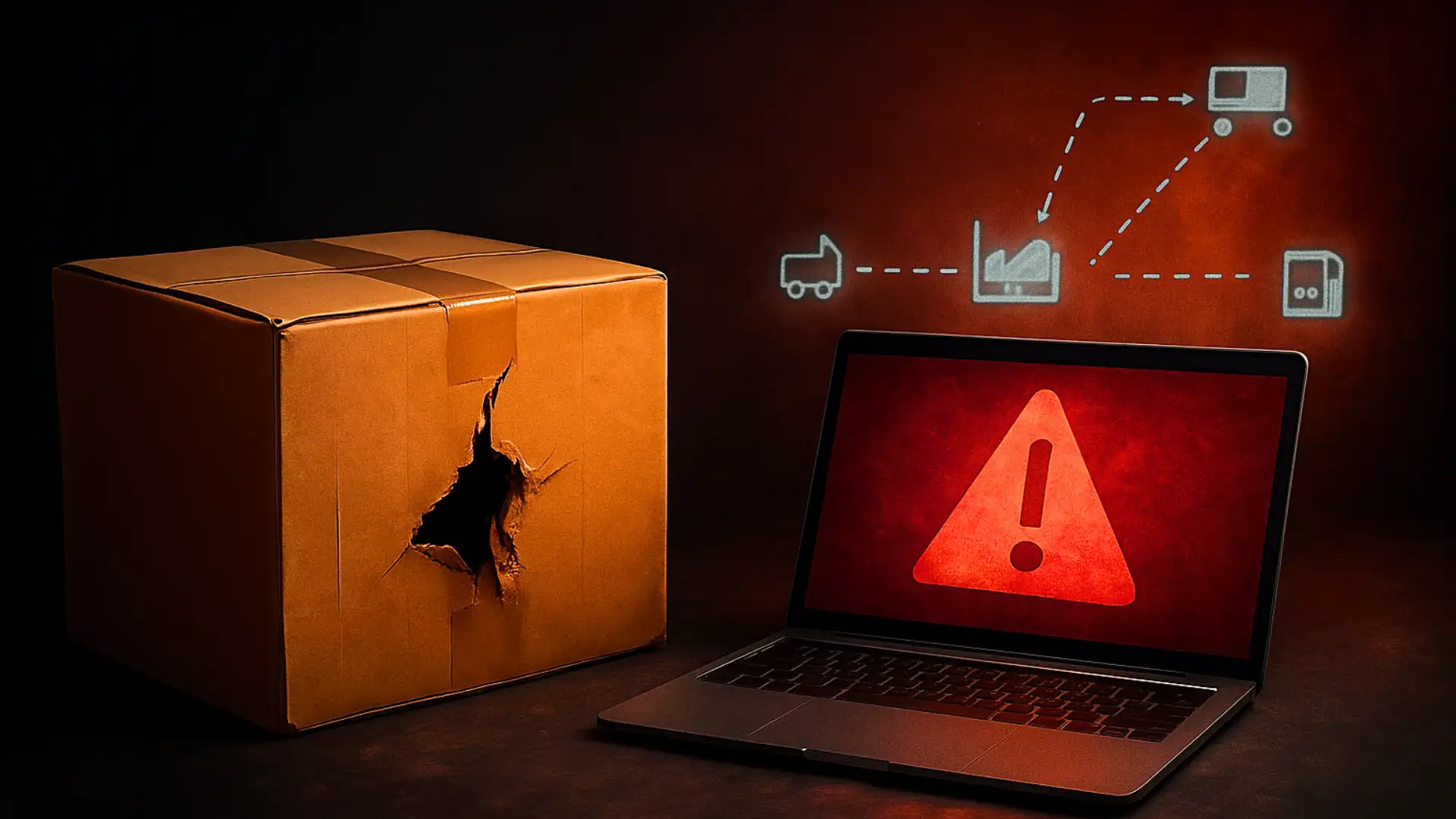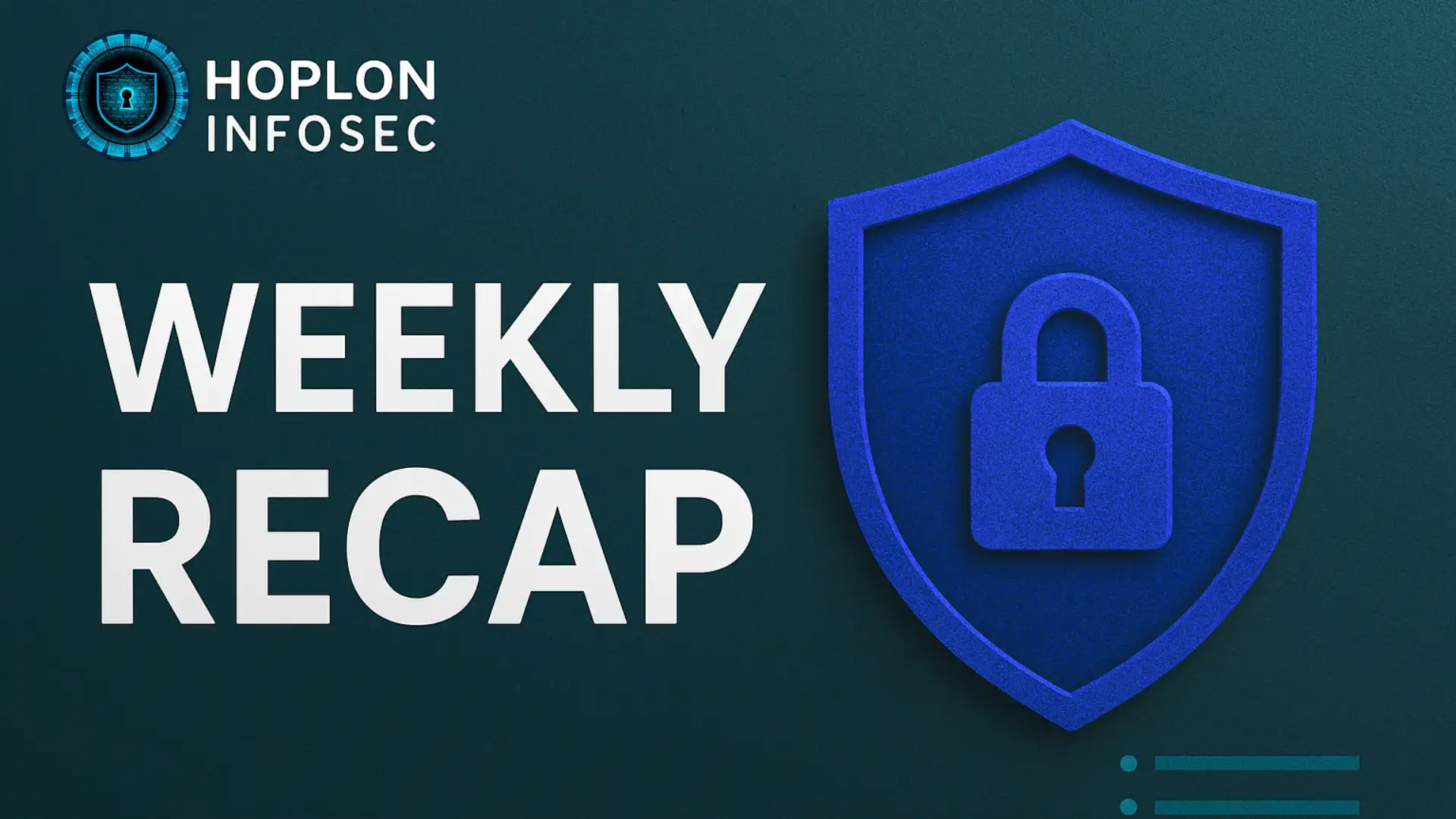Imagine arriving at the hospital for a routine checkup, only to find staff scribbling on paper, computers dead, and critical lab results unattainable. That’s what happened on March 5, 2023, at one of Barcelona’s largest hospitals: Hospital Clínic. Over 150 non-urgent surgeries were paused, roughly 3,000 patient appointments canceled, and emergency workflows thrown into chaos—all because of an unseen digital invader.
What Really happened?
That Sunday morning, ransomware—later attributed to a gang called RansomHouse—infected Hospital Clínic’s internal systems. IT teams couldn’t access electronic lab results, radiology scans, pharmacy orders, or patient medical records. There was no need for a click. A malicious exe or script had silently traveled through their virtual machines and shut down critical hospital software. Doctors switched to paper records, ambulances underwent redirections, and staff put in extra hours to maintain basic services (incibe.es+15apnews.com+15catalannews.com+15).
How the “Hospital Clinic Was Under Ransomware Attack ” Took Place
It started quietly—just like most dangerous things do. Experts believe the attackers slipped into the hospital’s system days, maybe even weeks, before anyone noticed. The malware didn’t rush. It sat still inside the network, silently learning how things worked. No antivirus rang the alarm. No red flags popped up on any dashboard. Everything on the surface seemed normal. But under that calm, the threat was already moving into place.
Then, early on March 5, 2023, the ransomware made its move. It struck the hospital’s core—its virtual machines, the very systems responsible for managing medical records. Within moments, over 4 terabytes of sensitive data were locked. Every digital touchpoint that staff relied on was frozen: lab reports, prescription systems, and patient histories. They were unable to access anything. Anything. Staff scrambled. Doctors and nurses fell back to paper notes. Some appointments were The attack The attackers rerouted emergency care in some cases. The blackout also affected remote clinics connected to Hospital Clínic.
Behind the chaos, the attackers revealed themselves. The ransomware group, believed to be RansomHouse, demanded a ransom of €4.2 million. If the hospital didn’t pay, they’d release patient data. But instead of giving in, the hospital—and the Catalan government—took a stand. They refused. Investigators launched a full-scale forensic response while exhausted IT teams worked around the clock to restore systems manually. It was a digital hostage situation that forced an entire medical institution to fight its way back—with no certainty that the threat was over.
Who’s RansomHouse?
RansomHouse emerged recently as a professional Ransomware-as-a-Service (RaaS) operation. They don’t execute attacks directly; instead, they lease their ransomware code—known as WhiteRabbit—to affiliates who carry out the infections. Attacks on corporate networks in the U.S., Canada, Sweden, and now Spain’s Hospital Clinic have utilized WhiteRabbit. Analysts describe it as “highly sophisticated,” using careful reconnaissance to map out networks, launching the ransomware within virtual machine sandboxes, and applying a “double extortion” model—encrypting data and threatening to release it unless the ransom is paid. This layered approach lets affiliates optimize execution, and it gives operators plausible deniability. RansomHouse doesn’t claim responsibility for the chaos—they simply provide the toolkit, while affiliates ensure delivery and negotiation.
The scope of the Damage
The attack forced the cancellation of roughly 150 non-urgent surgeries, the delay of 3,000 outpatient visits, and left nearly 400 lab tests unprocessed, throwing hospital operations into disarray. More alarmingly, around 4 terabytes of patient data were encrypted and possibly stolen—records, diagnostics, and personal details now held hostage. Financially, the toll exceeded tens of millions of euros from overtime pay, emergency services diversion, and disrupted diagnoses. Patients bore the brunt—not only through rescheduled procedures and longer waitlists, but also through loss of trust in a system that’s supposed to protect them.
Mistakes That Opened the Door
RansomHouse likely lurked within the hospital’s network for days or weeks without triggering alerts—an advanced stealth method. Their entry probably involved phishing or weak remote-access credentials, allowing them initial access with no resistance. Once inside, they moved laterally across laboratory and emergency systems—revealing a failure to segment the network that fueled the damage. Perhaps worst of all, backups were outdated or inaccessible, forcing staff to shift to manual workarounds. That lack of prepared recovery options stretched the crisis further.
How This Affects You
This attack on a hospital isn’t just a hospital’s problem—it echoes into your life too. If you were among the thousands of patients ensnared in the backlog, the impact on your health could have been immediate. More troubling, your personal data—names, IDs, medical details—might have been compromised and now sits vulnerable on the internet. Identity thieves may use it to pose as you or open accounts in your name. You might begin receiving targeted phishing messages pretending to be from the hospital. Moreover, if the attack delays critical treatment during emergencies, it raises a question of life and death.
Detecting Ransomware Infections
There are warning signs—if you know where to look. If staff can’t access charts or lab results, or systems begin freezing, that is a clear symptom. Hospital employees noticing system lag or strange errors in vital departments should suspect ransomware. Technicians might observe unusual spikes in data flow between virtual machines—ransomware spreading laterally. IT teams often react to detection triggers—such as suddenly reverting to paper processes, dropping their digital tools, or issuing internal alerts—even before the public hears about it. Awareness of these patterns gives you time to act fast.
Containment & Recovery Efforts
The hospital responded by switching to manual, paper-based procedures, keeping the operation running despite the digital lockout. Emergency cases were diverted to nearby medical centers to ease the strain. Thanks to intense efforts, the hospital restored about 40% of surgery capacity and 70% of outpatient services within a week. The response team included law enforcement—Mossos d’Esquadra, Interpol, and Europol—and Catalan cybersecurity experts, who began forensic analysis to track the criminals. But weeks later, RansomHouse affiliates released portions of the stolen data online, escalating the crisis and fueling public outrage.
Lessons Learned: Do’s & Don’ts
- Don’t trust antivirus alone. RaaS groups use stealthy tools that bypass detection.
- Invest in backup within protected networks. Paper backups were a lifeline here.
- Train staff. Phishing is still the easiest entry.
- Segment networks. Keep labs, ER, and admin systems isolated.
- Plan for contingencies. The many attacks on the Hospital Clinic were not just digital crimes but also direct assaults.
- • Data and unethical behavior continue.
Final Thoughts
The Hospital Clínic attack was more than a digital crime—it was a direct hit on public health and trust. When patients lose access to care, the consequences go beyond money—they touch lives. And while this unfortunate incident happened in a modern European city, no one is immune.
If a megahospital can stumble, what about a small clinic? What is your medical history? Your prescriptions? Has your identity beenforged using your hospital records?
This incident should serve as a reminder. Demand strong cybersecurity from all institutions handling your data. Know that the backup that works in cyberspace or on paper might be the one that saves a life. And stay alert—because next time, the attack could be on your doorstep.
Resources
BitDefender
LetsLaw




